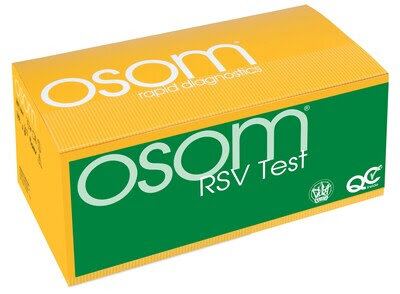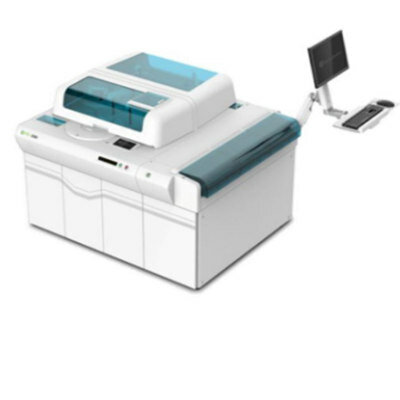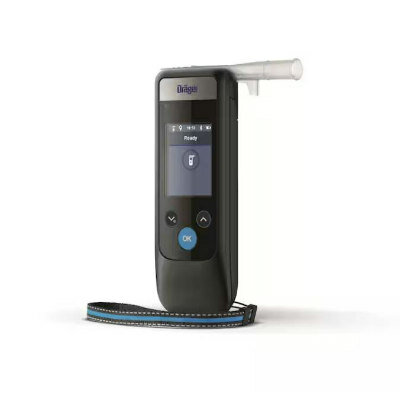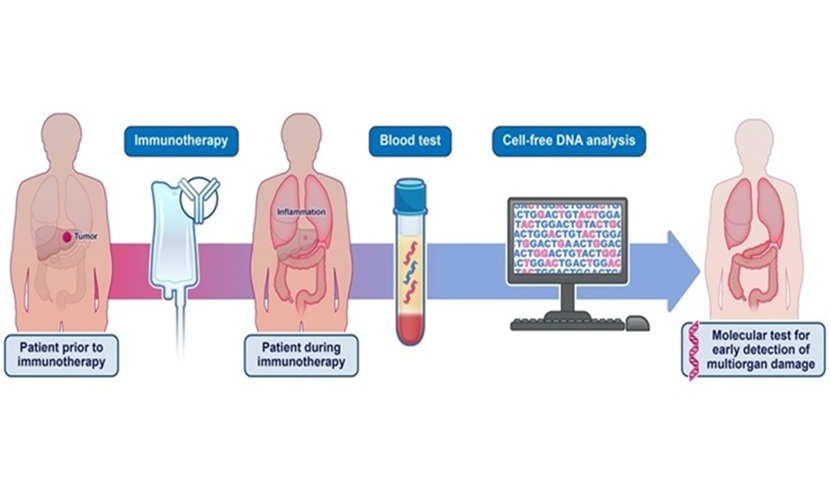Blood Test for Fungal Infections Could End Invasive Tissue Biopsies
Posted on 06 Feb 2025
For individuals with weakened immune systems, common molds found in the environment—such as in the soil, on damp walls, or on forgotten fruits—can lead to severe infections deep within the body. In patients undergoing chemotherapy or organ transplant recipients on immunosuppressive drugs, these molds are most likely to infect the lungs. It is estimated that between 5% and 10% of these patients will develop invasive mold disease. These infections can become life-threatening if not treated promptly, yet they are challenging to diagnose, often presenting as lesions on CT scans. Traditionally, diagnosing invasive mold infections involves obtaining a sample of the mold, either through tissue biopsy or bronchoalveolar lavage, where a scope is used to wash out the lungs with saline solution. The mold sample is then cultured and analyzed in a laboratory to determine the appropriate antifungal treatment. However, many immunocompromised patients are too unstable to undergo such invasive procedures, resulting in delayed diagnosis and treatment. Now, a new blood test has been developed that offers a safer and faster alternative to diagnose invasive mold disease, by detecting mold's genetic material, which could replace invasive tests in most cases.
Researchers at Stanford Medicine (Stanford, CA, USA) have been working on this non-invasive alternative for several years—a blood test that can detect small fragments of mold DNA that have entered the bloodstream. The underlying method, known as cell-free DNA polymerase chain reaction (PCR), often referred to as liquid biopsy, has already shown promise in identifying various infections and even cancer. This new mold test was introduced at Stanford Health Care in late 2020. To make it viable, the researchers refined protocols for collecting blood, extracting DNA, and accurately identifying a range of common mold species. With these optimizations in place, the test was ready for comparison with traditional diagnostic methods.
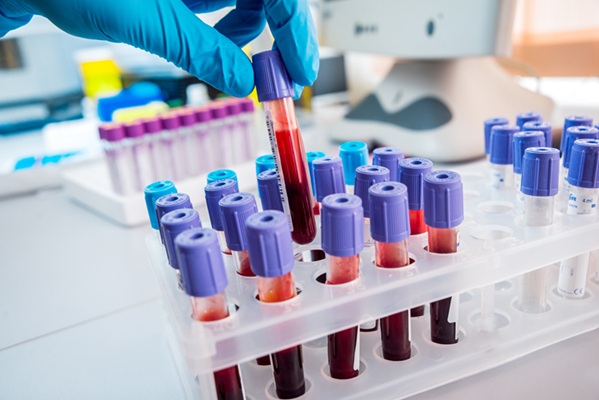
In the new study published in Clinical Infectious Diseases, the research team reviewed 506 cases in which patients suspected of having mold infections underwent both the blood test and a more invasive test within a one-week period. The majority of these patients were immunocompromised. The study found that when both tests were evaluated according to the standard diagnostic criteria for invasive mold disease, the results matched 88.5% of the time. This means that most patients could avoid the risk of invasive procedures. However, the blood test was less likely to detect infections in the sinuses or limbs, and for these areas, tissue biopsy should still be considered. The key advantage of the blood test lies in its faster turnaround time, which takes just one day, whereas invasive procedures can take several days or even weeks to schedule and provide results.
Currently, Stanford Health Care is the only institution offering this new mold test. Since its introduction, demand has been steadily increasing, with around 3,000 tests ordered each month. While the current version of the test requires significant laboratory resources, automation, and trained personnel, the research team is collaborating with companies to commercialize the test. Their goal is to develop a standalone device that can automate the process. Additionally, the team is working on expanding the use of cell-free DNA PCR tests to diagnose other difficult-to-detect infections. One of their initial targets was tuberculosis, the world’s leading infectious cause of death, with a significant portion of cases remaining undiagnosed. However, developing a highly accurate blood test for tuberculosis has proven to be more challenging.
Related Links:
Stanford Medicine




